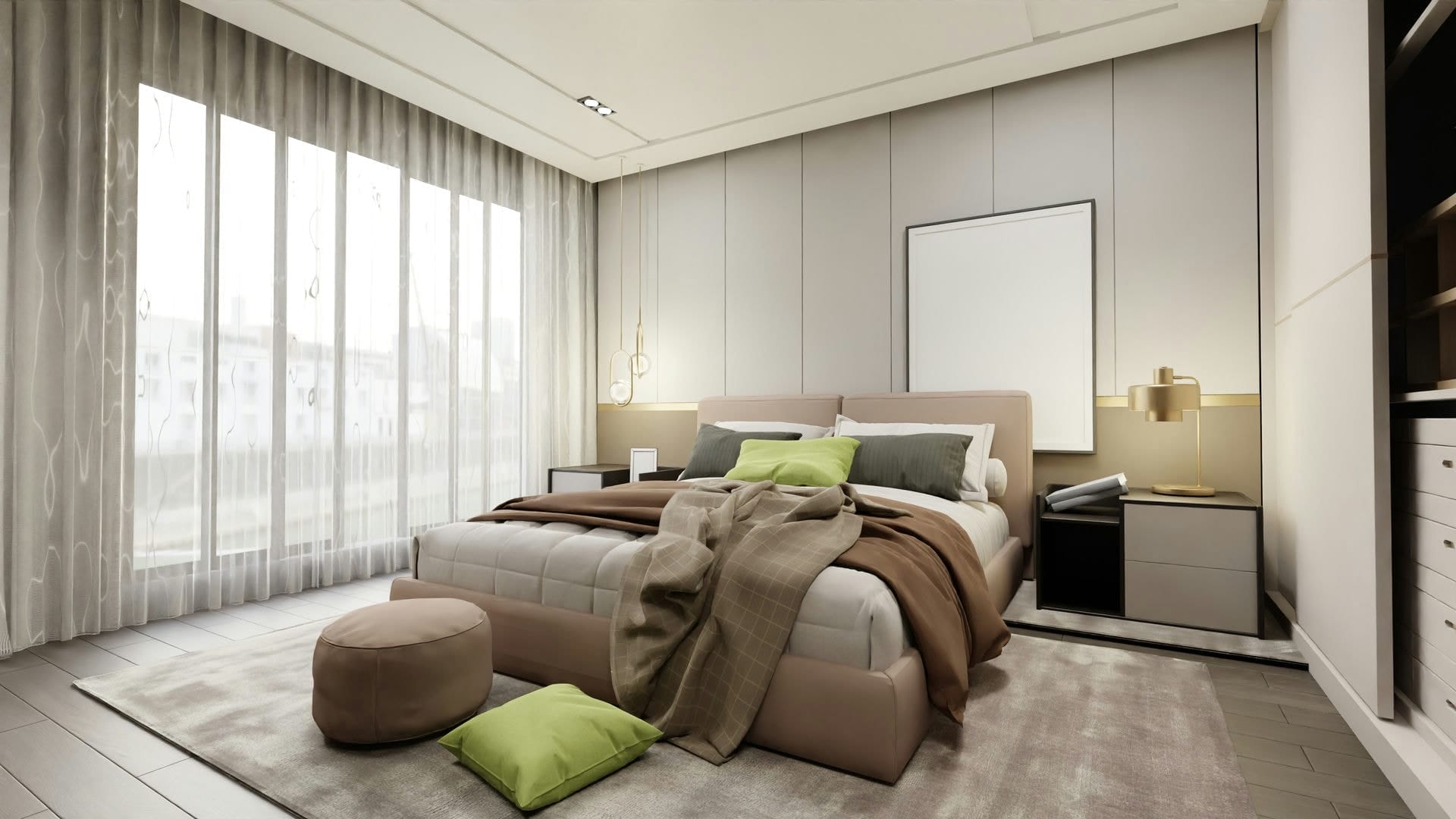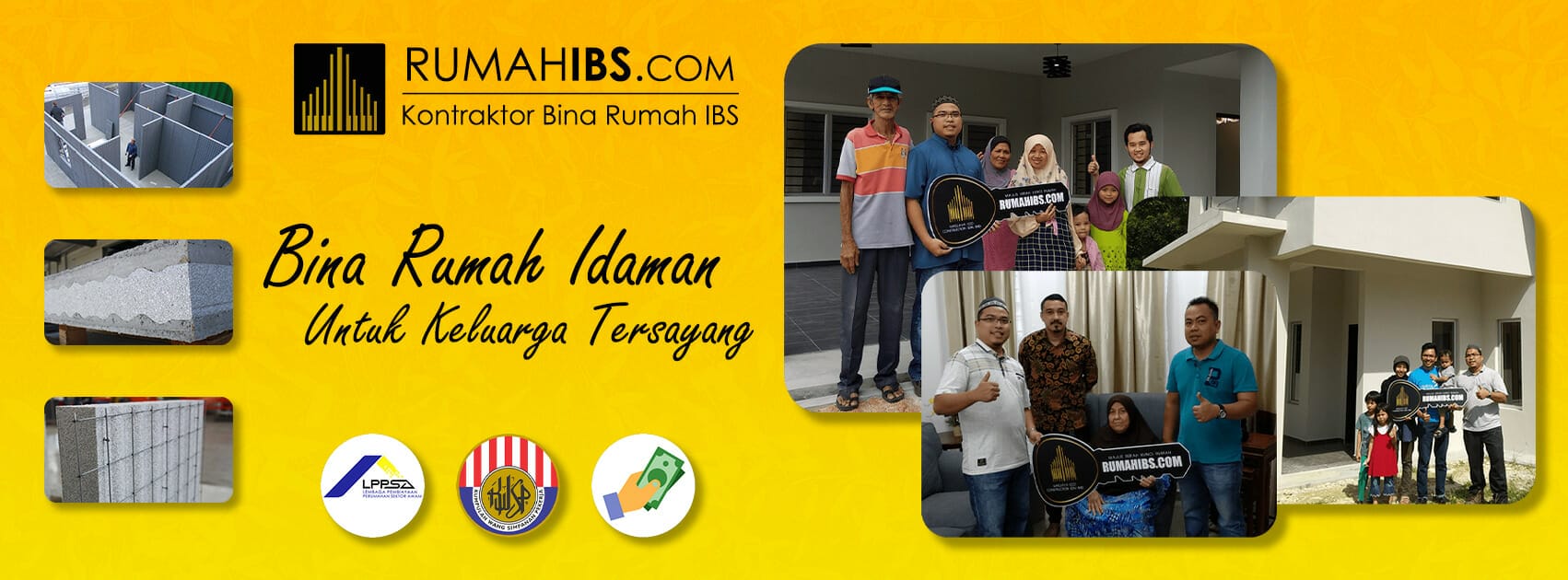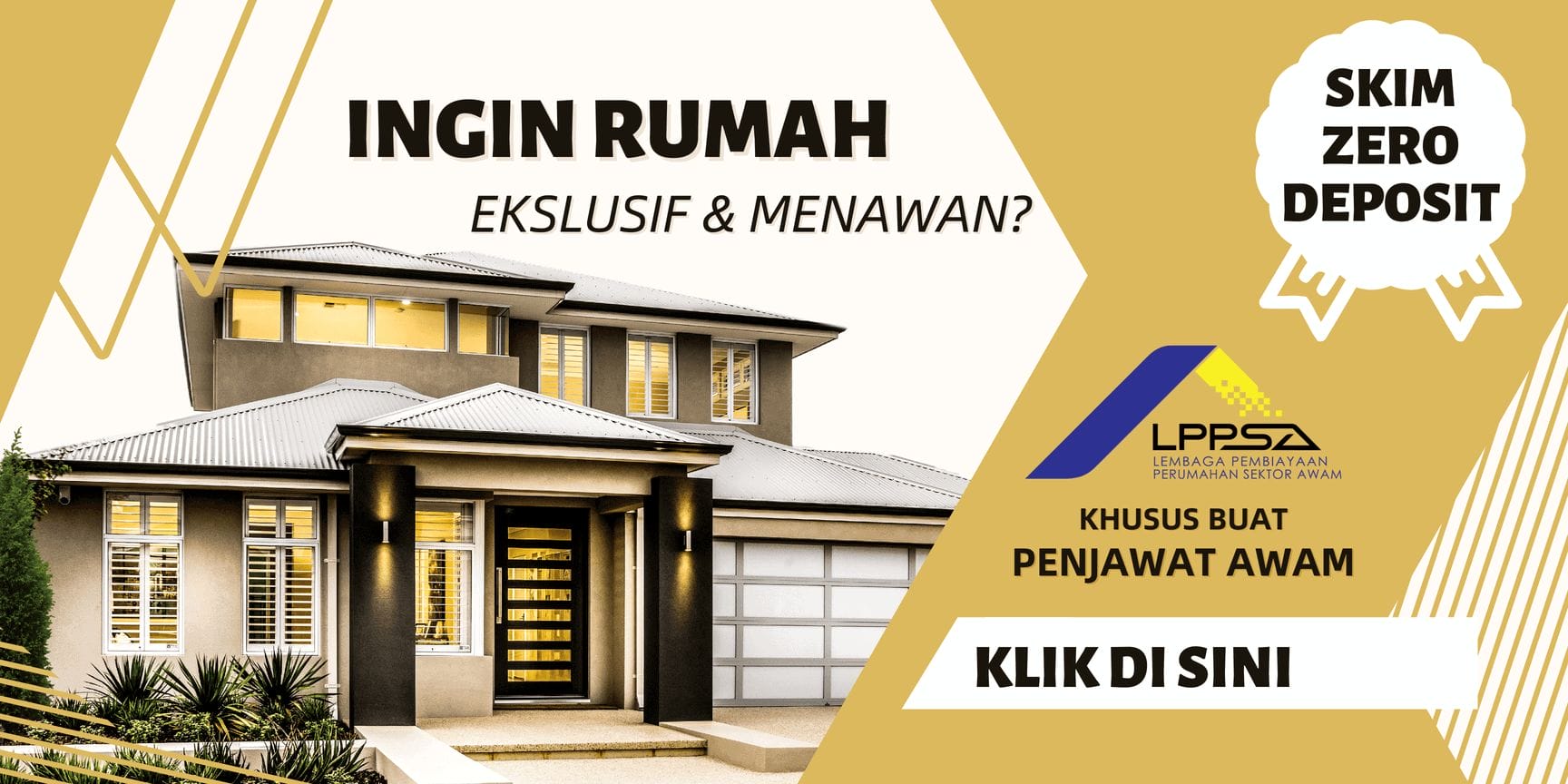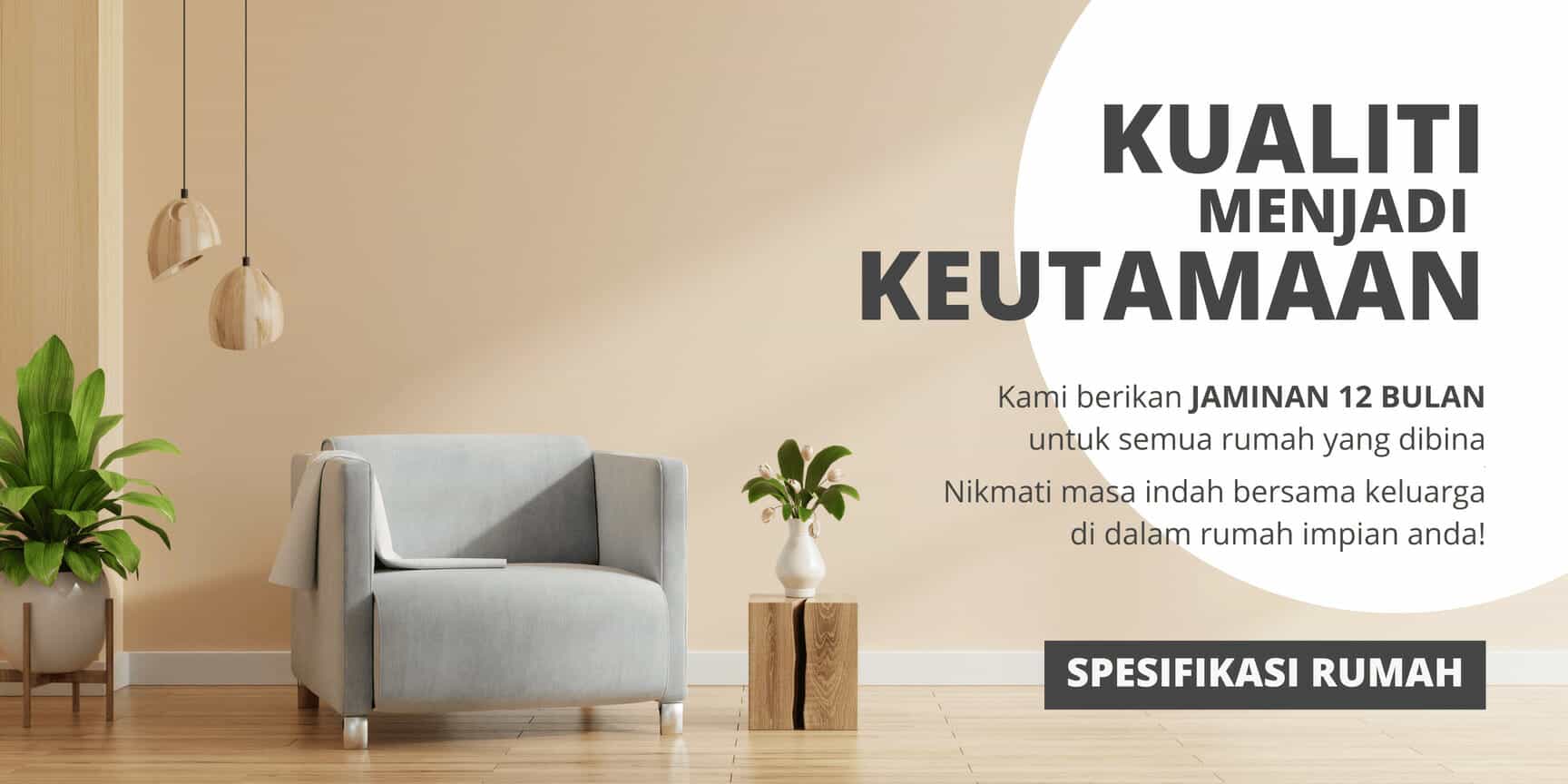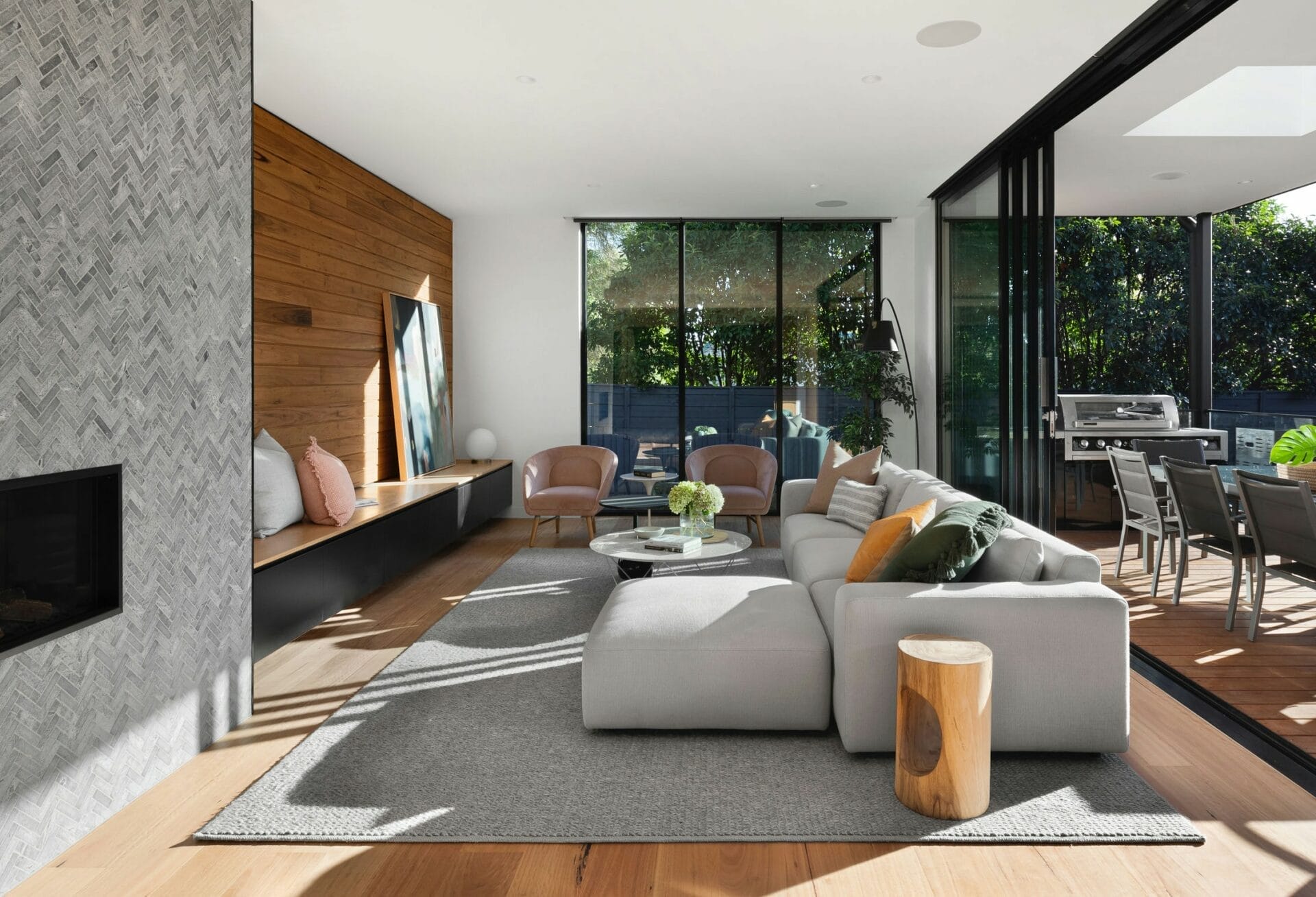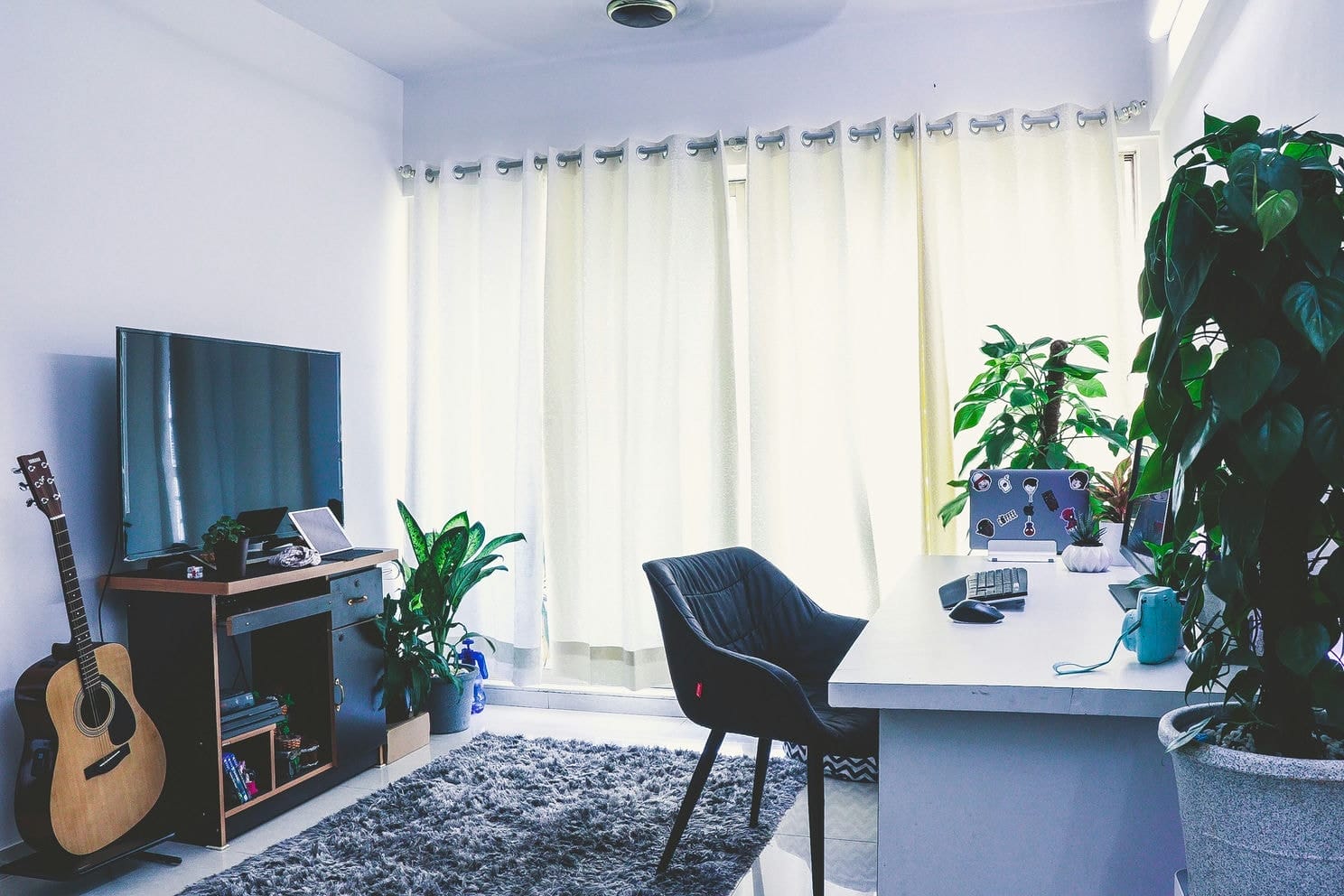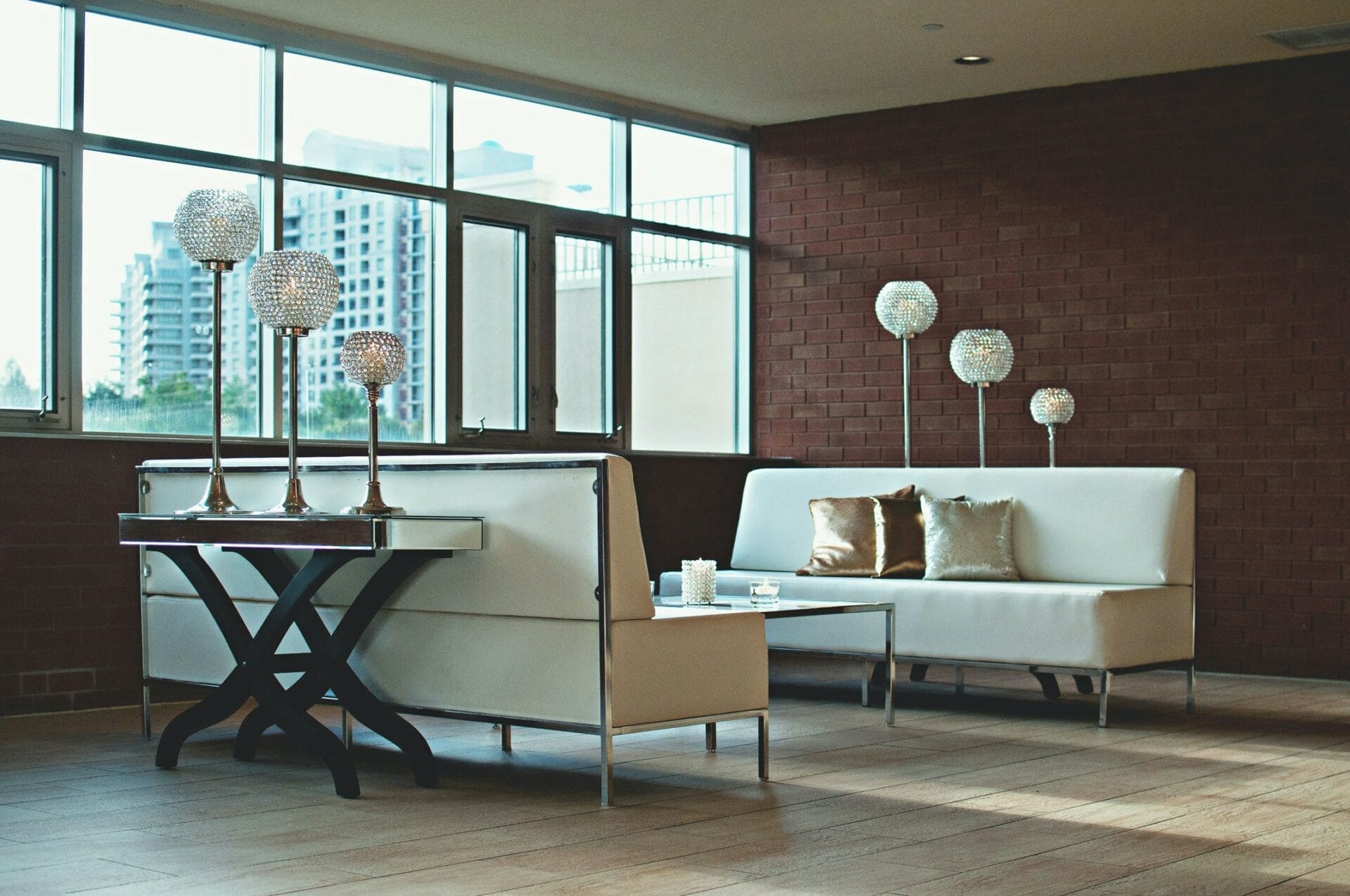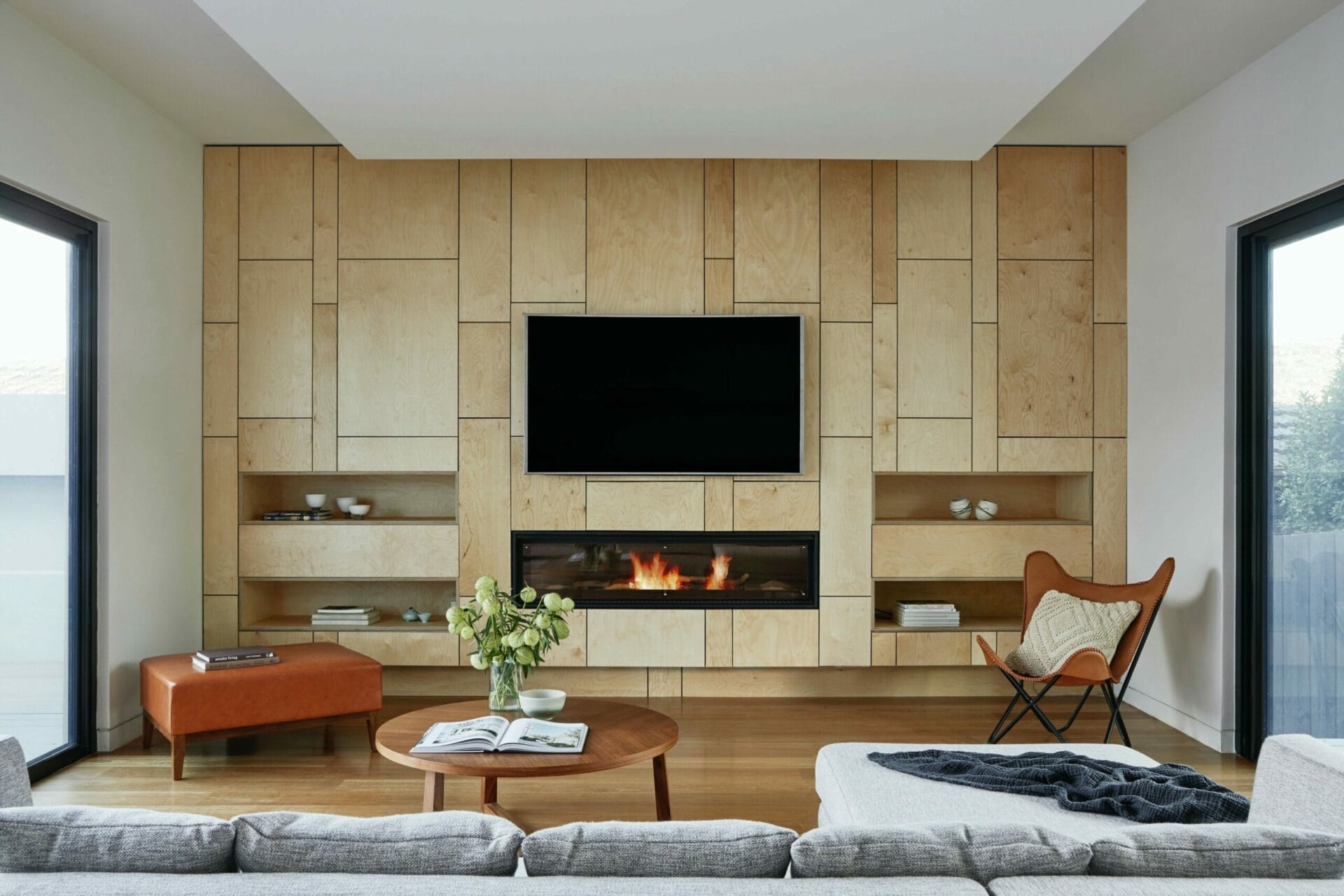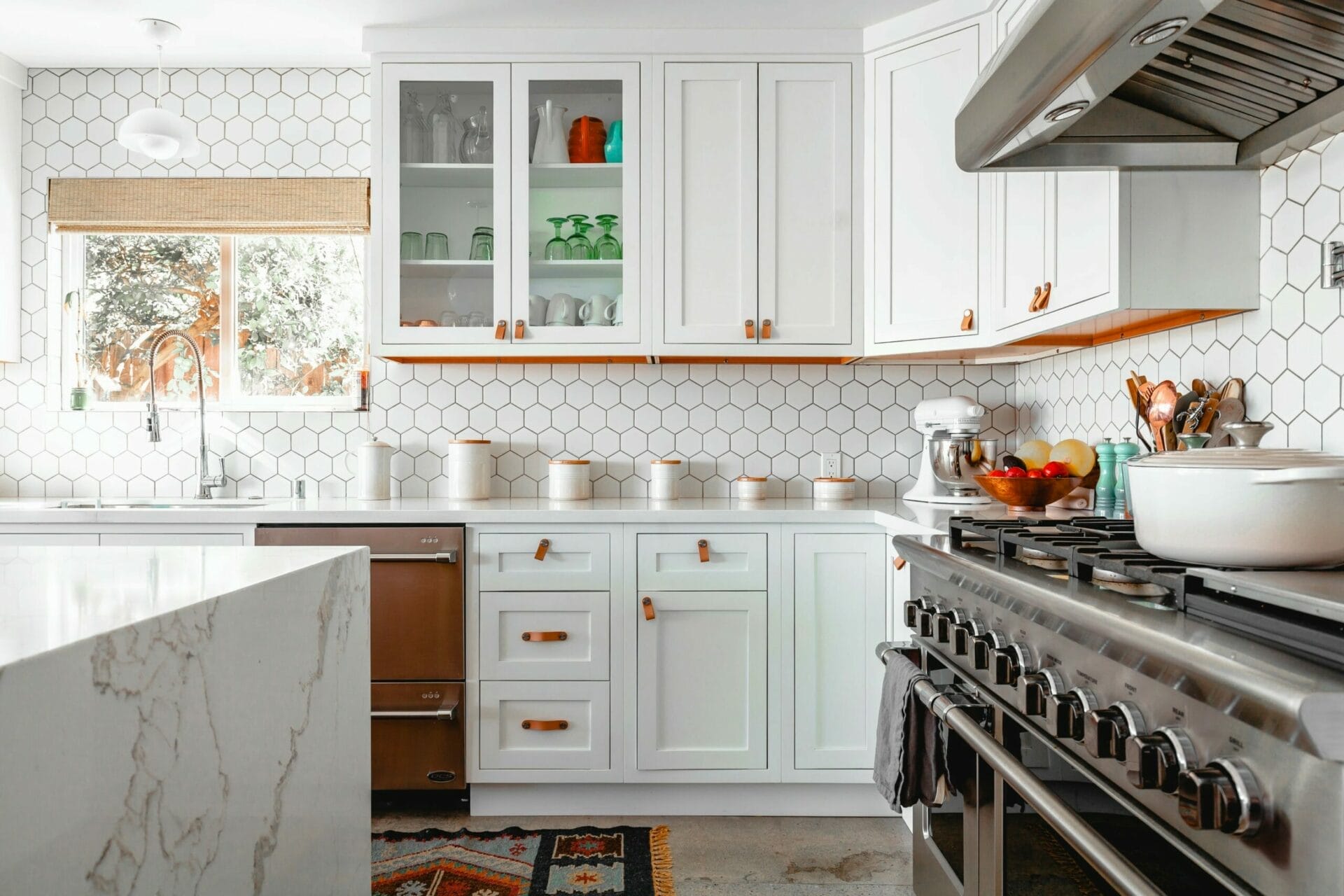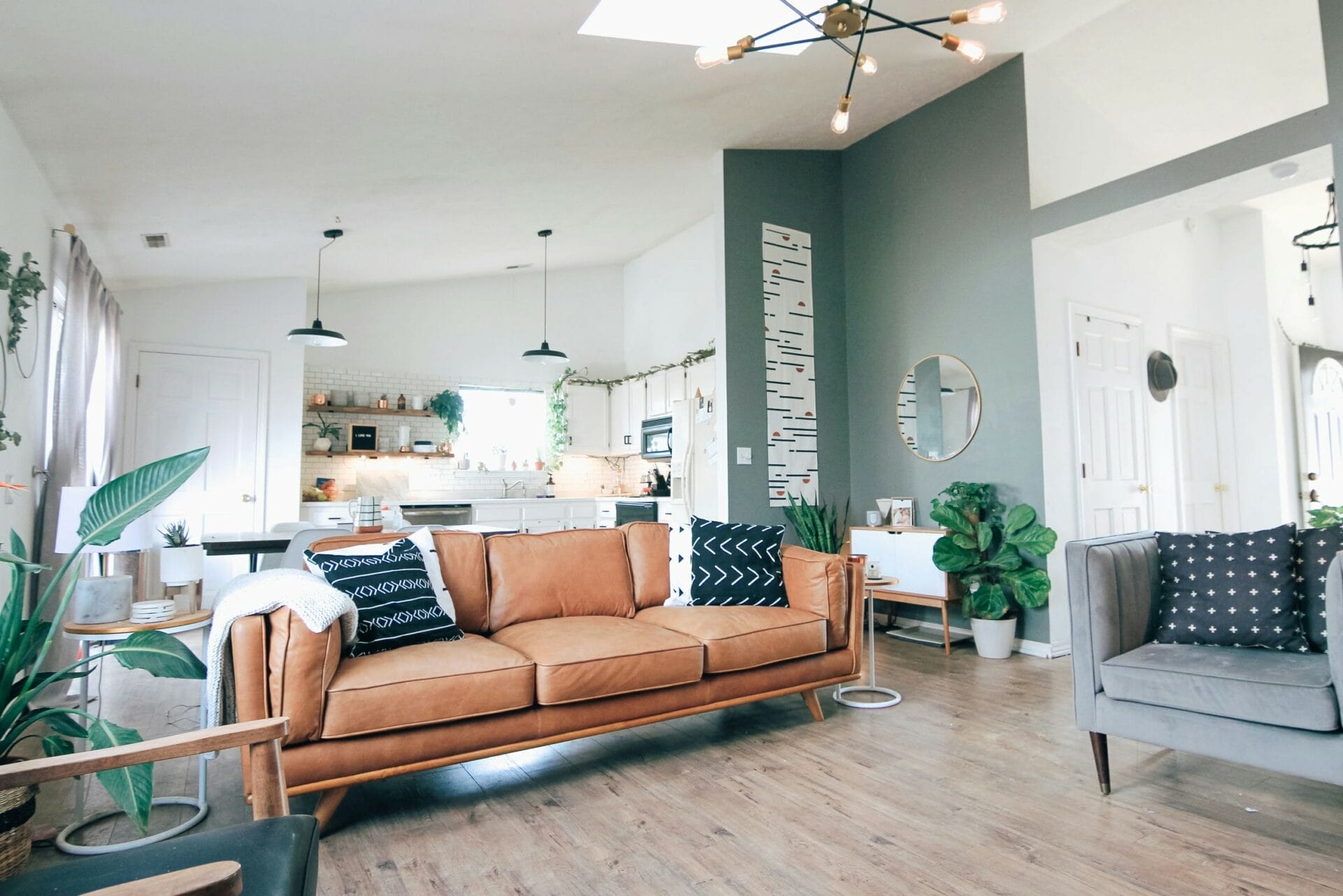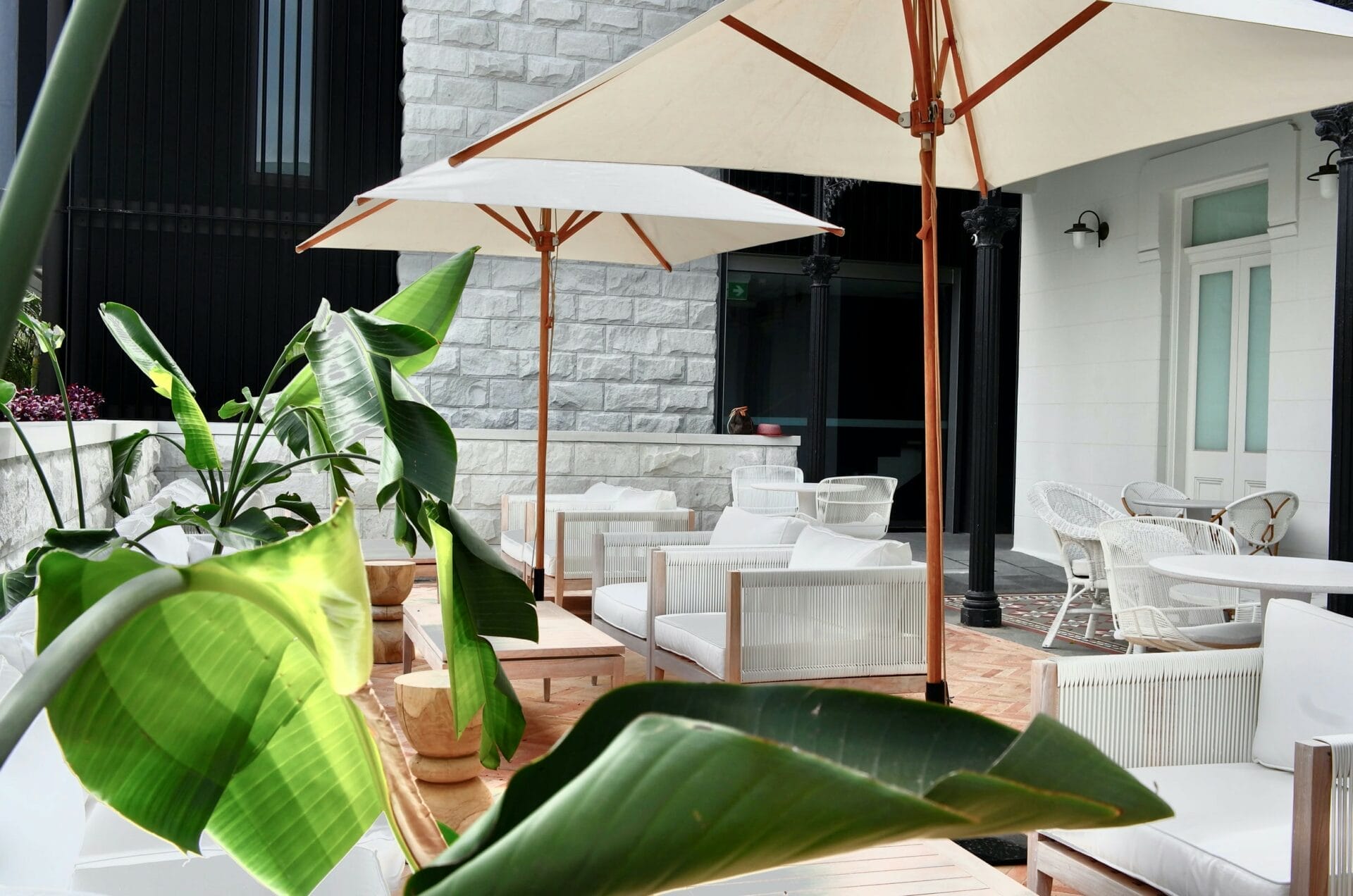Elevating Home Living: A Comprehensive Guide to Modern Interior Design Trends
1. Introduction to Modern Interior Design Trends
In today’s fast-paced world, our homes have become more than just places to live; they are sanctuaries of comfort, style, and self-expression. Interior design plays a crucial role in shaping these spaces, creating environments that reflect our personalities and lifestyles. From sleek minimalism to timeless elegance, modern interior design trends offer a plethora of options for transforming your living space into a haven of contemporary sophistication.
Evolution of Interior Design
Interior design has undergone a remarkable evolution over the years, influenced by changing societal norms, technological advancements, and cultural shifts. Gone are the days of cluttered rooms and heavy draperies; modern design embraces simplicity, functionality, and innovation. Today, interior designers draw inspiration from diverse sources, blending traditional elements with cutting-edge concepts to create spaces that are both aesthetically pleasing and practical.
Focus on Modern Design Concepts
Modern interior design places a strong emphasis on clean lines, open spaces, and minimalistic aesthetics. It embraces the principle of “less is more,” prioritizing simplicity and functionality without sacrificing style. Whether you’re furnishing a cozy apartment or a sprawling villa, modern design offers versatile solutions to suit every need and taste.
Importance of Comfortable Living Spaces
In the hustle and bustle of daily life, our homes serve as retreats where we can unwind, recharge, and reconnect with ourselves and our loved ones. Creating comfortable living spaces is paramount in modern interior design, with an emphasis on ergonomic furniture, cozy textiles, and soothing color palettes. By designing spaces that cater to our physical and emotional well-being, we can enhance our quality of life and foster a sense of contentment and tranquility.
Audience Engagement: Crafting Your Dream Home
As you embark on your journey to explore modern interior design trends, remember that your home is a canvas waiting to be painted with your unique vision and personality. Whether you’re a seasoned design aficionado or a novice decorator, there’s something for everyone in the world of modern interior design. So, roll up your sleeves, unleash your creativity, and embark on the adventure of transforming your living space into a reflection of your innermost desires and aspirations.
Table: Modern Interior Design Trends
| Trend | Description |
|---|---|
| Minimalist Design | Emphasizes simplicity, clean lines, and clutter-free spaces. |
| Modern Lighting Concepts | Explores innovative lighting solutions to enhance ambiance and functionality. |
| Contemporary Color Palettes | Showcases trendy color combinations and their psychological effects. |
| Fusion of Tradition and Modernity | Blends traditional design elements with modern aesthetics for a timeless appeal. |
| Timeless Elegance | Focuses on sophistication, refinement, and attention to detail in home design. |
| Ergonomic Furniture | Prioritizes comfort and functionality in furniture selection. |
| Sustainable Materials | Promotes the use of eco-friendly materials for a greener living environment. |
| Smart Home Integration | Incorporates technology seamlessly into home design for convenience and efficiency. |
Embarking on a journey to explore modern interior design trends is an exciting endeavor that allows you to unleash your creativity and transform your living space into a haven of style, comfort, and sophistication. Whether you’re drawn to minimalist aesthetics, contemporary color palettes, or timeless elegance, there’s no shortage of inspiration to guide you on your quest to create the home of your dreams. So, embrace the possibilities, trust your instincts, and let your imagination soar as you embark on this thrilling adventure of self-expression and discovery.
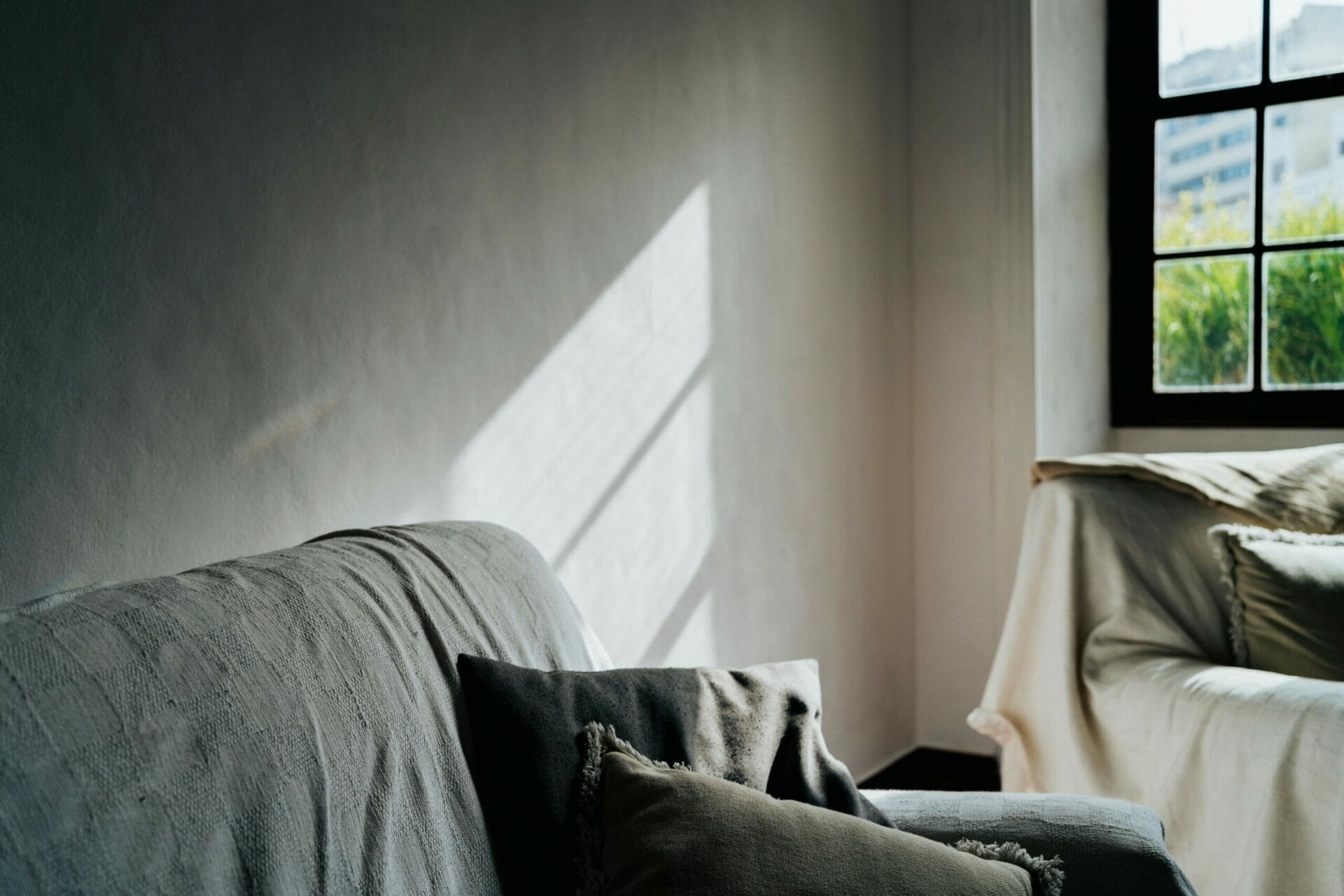
dan gold DXPnkL7yDzs unsplash scaled
2. Mastering the Art of Lighting: Concepts and Strategies
Lighting plays a pivotal role in modern interior design, serving as both a functional necessity and a powerful tool for creating ambiance and mood. Understanding the concepts and strategies behind effective lighting design is essential for transforming your living space into a welcoming and visually stunning environment.
Various Lighting Concepts
In the realm of interior design, lighting encompasses a wide range of concepts and techniques, each serving a specific purpose in enhancing the overall aesthetic appeal and functionality of a space. Let’s explore some of the key lighting concepts:
- Ambient Lighting: Also known as general lighting, ambient lighting provides overall illumination to a room, creating a comfortable and inviting atmosphere. This type of lighting typically comes from overhead fixtures, such as ceiling lights or recessed lighting.
- Task Lighting: Task lighting is focused illumination designed to facilitate specific activities, such as reading, cooking, or working. It is typically provided by desk lamps, under-cabinet lights, or pendant lights strategically placed to illuminate specific areas.
- Accent Lighting: Accent lighting is used to highlight architectural features, artwork, or decorative elements within a space, adding depth and visual interest. This type of lighting can be achieved through spotlights, track lighting, or wall-mounted fixtures.
Significance of Lighting in Home Design
The importance of lighting in home design cannot be overstated. Beyond its practical function of providing illumination, lighting has a profound impact on the mood, ambiance, and functionality of a space. Thoughtfully designed lighting can make a room feel larger, cozier, or more intimate, depending on the desired effect.
Harnessing Lighting Strategies
To master the art of lighting in interior design, it’s essential to employ various strategies to achieve the desired ambiance and functionality:
- Layered Lighting: Creating depth and dimension by combining ambient, task, and accent lighting sources to achieve balanced illumination throughout the space.
- Dimmers and Controls: Installing dimmer switches and lighting controls allows for flexibility in adjusting the intensity and mood of lighting to suit different activities and occasions.
- Natural Light Integration: Maximizing natural light sources through strategically placed windows, skylights, and glass doors to enhance the overall brightness and spaciousness of a room.
Audience Engagement: Crafting Your Illuminated Haven
As you embark on your journey to master the art of lighting in interior design, consider the unique needs and preferences of your living space. Experiment with different lighting concepts, fixtures, and strategies to create a customized lighting scheme that reflects your lifestyle and personality. With the right approach, lighting can transform your home into a haven of warmth, comfort, and visual delight.
Table: Lighting Concepts and Strategies
| Concept | Description |
|---|---|
| Ambient Lighting | Provides overall illumination to a room, creating a comfortable and inviting atmosphere. |
| Task Lighting | Focused illumination designed to facilitate specific activities, such as reading or cooking. |
| Accent Lighting | Highlights architectural features, artwork, or decorative elements within a space. |
| Layered Lighting | Combines ambient, task, and accent lighting sources to achieve balanced illumination. |
| Dimmers and Controls | Offers flexibility in adjusting the intensity and mood of lighting to suit different activities. |
| Natural Light Integration | Maximizes natural light sources to enhance brightness and spaciousness in a room. |
Mastering the art of lighting in interior design is an exciting and rewarding endeavor that allows you to elevate the ambiance and functionality of your living space. By understanding the various lighting concepts and strategies, you can create a customized lighting scheme that transforms your home into a haven of warmth, comfort, and visual delight. So, embrace the possibilities, experiment with different lighting techniques, and illuminate your living space with style and sophistication.
3. Embracing Minimalist Design Principles
In the realm of modern interior design, minimalist principles have gained significant traction, offering a refreshing departure from cluttered and overly ornate spaces. Embracing minimalist design is not just about stripping away excess; it’s about creating harmonious environments that prioritize simplicity, functionality, and tranquility.
Understanding Minimalist Design Principles
Minimalist design is characterized by clean lines, uncluttered spaces, and a focus on essential elements. At its core, minimalist design seeks to eliminate unnecessary distractions and create a sense of calm and clarity. By embracing simplicity and restraint, minimalist interiors exude a timeless elegance that transcends fleeting trends.
Advantages of Minimalist Design
Minimalist design offers a myriad of advantages for homeowners seeking to cultivate a sense of serenity and sophistication in their living spaces:
- Enhanced Visual Appeal: By eliminating clutter and excess, minimalist interiors appear more spacious, airy, and visually appealing.
- Improved Functionality: Minimalist design prioritizes functionality, ensuring that every element serves a purpose and contributes to the overall harmony of the space.
- Ease of Maintenance: With fewer items to clean and maintain, minimalist interiors are easier to upkeep, saving time and effort in the long run.
Incorporating Minimalist Elements
Embracing minimalist design doesn’t mean sacrificing comfort or style. Here are some key elements to consider when incorporating minimalist principles into your home:
- Declutter: Start by decluttering your space and paring down your belongings to the essentials. Clear out unnecessary items and prioritize quality over quantity.
- Clean Lines: Opt for furniture and décor with clean, simple lines and geometric shapes. Avoid ornate embellishments or excessive detailing.
- Neutral Color Palette: Stick to a neutral color palette, such as whites, grays, and earth tones, to create a sense of cohesion and tranquility. Use pops of color sparingly for visual interest.
- Multipurpose Furniture: Choose multifunctional furniture pieces that serve multiple purposes, such as storage ottomans or convertible sofa beds, to maximize space efficiency.
Audience Engagement: Crafting Your Minimalist Oasis
As you embark on your minimalist design journey, remember that simplicity is key. Take inspiration from the principles of minimalism to create a serene and harmonious living environment that reflects your personal style and values. By embracing minimalism, you can declutter your space, enhance its visual appeal, and cultivate a sense of tranquility and well-being.
Table: Minimalist Design Elements
| Element | Description |
|---|---|
| Clean Lines | Furniture and décor with simple, uncluttered lines and geometric shapes. |
| Neutral Color Palette | Colors such as whites, grays, and earth tones create a sense of calm and cohesion. |
| Multipurpose Furniture | Functional pieces that serve multiple purposes, maximizing space efficiency. |
| Minimalist Décor | Simple and understated décor items that complement the overall aesthetic of the space. |
| Clutter-Free Spaces | Eliminating unnecessary items and creating open, uncluttered environments. |
| Functional Minimalism | Prioritizing functionality and purpose in design choices while maintaining a minimalist aesthetic. |
Embracing minimalist design principles offers a pathway to creating serene, clutter-free living spaces that exude elegance and tranquility. By understanding the core principles of minimalism and incorporating them into your home, you can cultivate a sense of calm and clarity that enhances your quality of life. So, declutter your space, streamline your surroundings, and embark on a journey of minimalist living that prioritizes simplicity, functionality, and well-being.
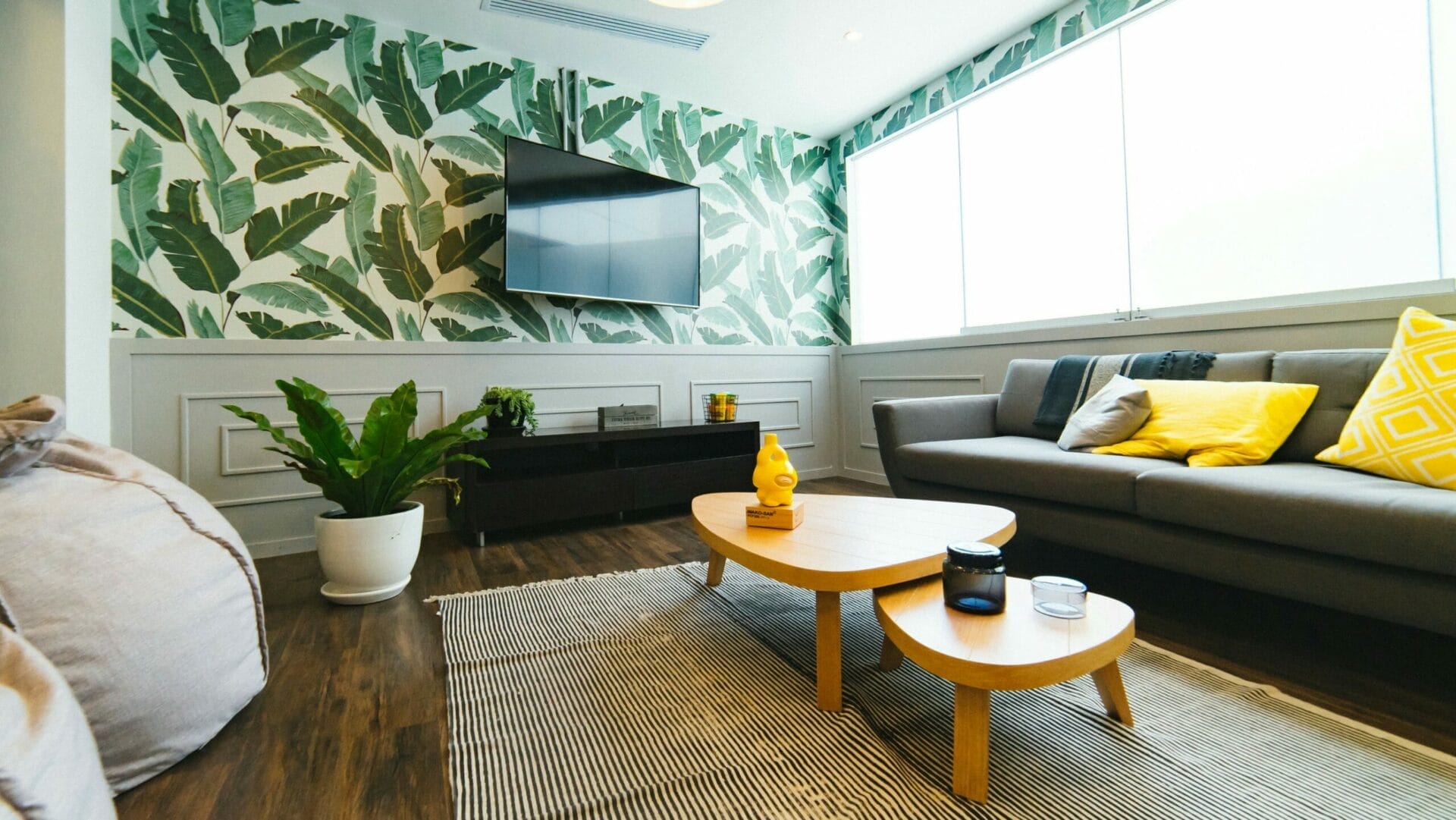
dan gold 4HG3Ca3EzWw unsplash scaled
4. Exploring Modern Design Elements
In the dynamic landscape of modern interior design, understanding the key elements that define contemporary aesthetics is paramount. From sleek lines to innovative materials, modern design encompasses a diverse array of elements that contribute to its distinctive style and appeal.
Key Elements of Modern Design
Modern design is characterized by several key elements that set it apart from traditional styles. Let’s delve into some of these defining features:
- Clean Lines: Clean, straight lines are a hallmark of modern design, creating a sense of simplicity and sophistication in interior spaces.
- Open Spaces: Modern interiors often feature open floor plans and expansive layouts, promoting a sense of airiness and freedom of movement.
- Innovative Materials: From glass and steel to concrete and reclaimed wood, modern design embraces innovative materials that lend a contemporary edge to interior spaces.
Characteristics of Modern Homes
Modern homes exhibit a distinct set of characteristics that reflect the principles of contemporary design. Here are some key traits to look out for:
- Minimalist Aesthetics: Minimalism is a defining feature of modern homes, with an emphasis on simplicity, functionality, and uncluttered spaces.
- Integration of Nature: Modern design often incorporates elements of nature, such as large windows, indoor-outdoor living spaces, and natural materials, to create a seamless connection with the outdoors.
- Technological Integration: Technology plays a significant role in modern homes, with smart features, home automation systems, and energy-efficient appliances becoming increasingly prevalent.
Highlighting Unique Features
What sets modern design apart is its ability to seamlessly blend form and function while pushing the boundaries of creativity and innovation. Some unique features of modern design include:
- Sustainable Design Practices: Modern homes often prioritize sustainability and eco-friendliness, with features such as green roofs, solar panels, and rainwater harvesting systems.
- Versatile Furniture: Flexible and modular furniture pieces allow for easy customization and adaptation to changing needs and preferences.
- Statement Lighting: Modern interiors often feature bold and sculptural lighting fixtures that serve as focal points while illuminating the space with style.
Audience Engagement: Crafting Your Modern Sanctuary
As you explore the world of modern design elements, consider how you can incorporate these principles into your own living space. Whether you’re renovating your existing home or embarking on a new build, modern design offers endless possibilities for creating a contemporary sanctuary that reflects your lifestyle and personality.
Table: Modern Design Elements
| Element | Description |
|---|---|
| Clean Lines | Straight and uncluttered lines create a sense of simplicity and sophistication. |
| Open Spaces | Expansive layouts promote a feeling of airiness and freedom of movement. |
| Innovative Materials | Utilization of cutting-edge materials such as glass, steel, and concrete for a contemporary look. |
| Minimalist Aesthetics | Emphasis on simplicity, functionality, and uncluttered spaces. |
| Integration of Nature | Incorporation of natural elements to create a seamless connection with the outdoors. |
| Technological Integration | Integration of smart features and energy-efficient systems for modern living. |
Exploring modern design elements offers a glimpse into the dynamic and ever-evolving world of contemporary aesthetics. By understanding the key elements and characteristics of modern design, you can embark on a journey of creating a stylish and functional sanctuary that reflects your individual taste and lifestyle. So, embrace the possibilities, unleash your creativity, and transform your living space into a modern masterpiece that inspires and delights.
5. Harnessing the Power of Color: Psychology and Trends
In the realm of modern interior design, color plays a pivotal role in shaping the ambiance, mood, and personality of a space. Understanding the psychological effects of color and staying abreast of trends can help you create visually captivating and emotionally resonant living environments.
Importance of Color in Interior Design
Color is one of the most powerful tools in an interior designer’s arsenal, capable of evoking a wide range of emotions and influencing human behavior. Whether you’re aiming to create a serene retreat, a vibrant social space, or a cozy sanctuary, the right choice of colors can make all the difference.
Psychology of Color
The psychological effects of color have long been studied and documented, revealing fascinating insights into how different hues can impact our perceptions and emotions. Here are some common associations with popular colors:
- Blue: Often associated with calmness, tranquility, and serenity, blue is a popular choice for bedrooms and relaxation spaces.
- Yellow: Radiating warmth and optimism, yellow is known for its uplifting and energizing effects, making it ideal for kitchens and dining areas.
- Green: Symbolizing nature and growth, green instills a sense of balance, harmony, and renewal, making it suitable for both indoor and outdoor spaces.
Trendy Color Combinations
Staying informed about color trends can help you infuse your living space with contemporary flair and style. Here are some trendy color combinations to consider:
- Neutral with Pops of Color: Pairing neutral shades such as gray, beige, or white with vibrant accent colors like teal, coral, or mustard adds visual interest and personality to a room.
- Monochromatic Schemes: Embracing varying shades of the same color creates a sense of cohesion and sophistication, making a space feel cohesive and harmonious.
- Earthy Tones with Metallic Accents: Combining earthy hues like terracotta, olive green, and rust with metallic accents such as gold, copper, or brass adds warmth and richness to a room.
Audience Engagement: Crafting Your Colorful Haven
As you explore the world of color psychology and trends, consider how you can harness the power of color to transform your living space into a vibrant and inviting haven. Whether you prefer soothing neutrals, bold statement hues, or subtle accent colors, there’s no shortage of inspiration to guide you on your journey to creating a personalized and visually stunning home.
Table: Trendy Color Combinations
| Combination | Description |
|---|---|
| Neutral with Pops of Color | Pairing neutral shades with vibrant accent colors for visual interest and personality. |
| Monochromatic Schemes | Embracing varying shades of the same color for a cohesive and sophisticated look. |
| Earthy Tones with Metallic Accents | Combining earthy hues with metallic accents for warmth and richness. |
| Pastel Palette | Soft, muted pastel shades create a serene and soothing ambiance. |
| Bold and Dramatic Contrasts | Pairing contrasting colors such as black and white or navy and gold for a striking and dynamic aesthetic. |
| Nature-Inspired Color Palettes | Drawing inspiration from nature with earthy greens, ocean blues, and sun-kissed yellows for a tranquil atmosphere. |
Harnessing the power of color in interior design allows you to create living spaces that are not only visually stunning but also emotionally resonant and inviting. By understanding the psychological effects of color and staying abreast of current trends, you can infuse your home with personality, style, and vitality. So, don’t be afraid to experiment, trust your instincts, and let your imagination soar as you embark on this colorful journey of self-expression and creativity.
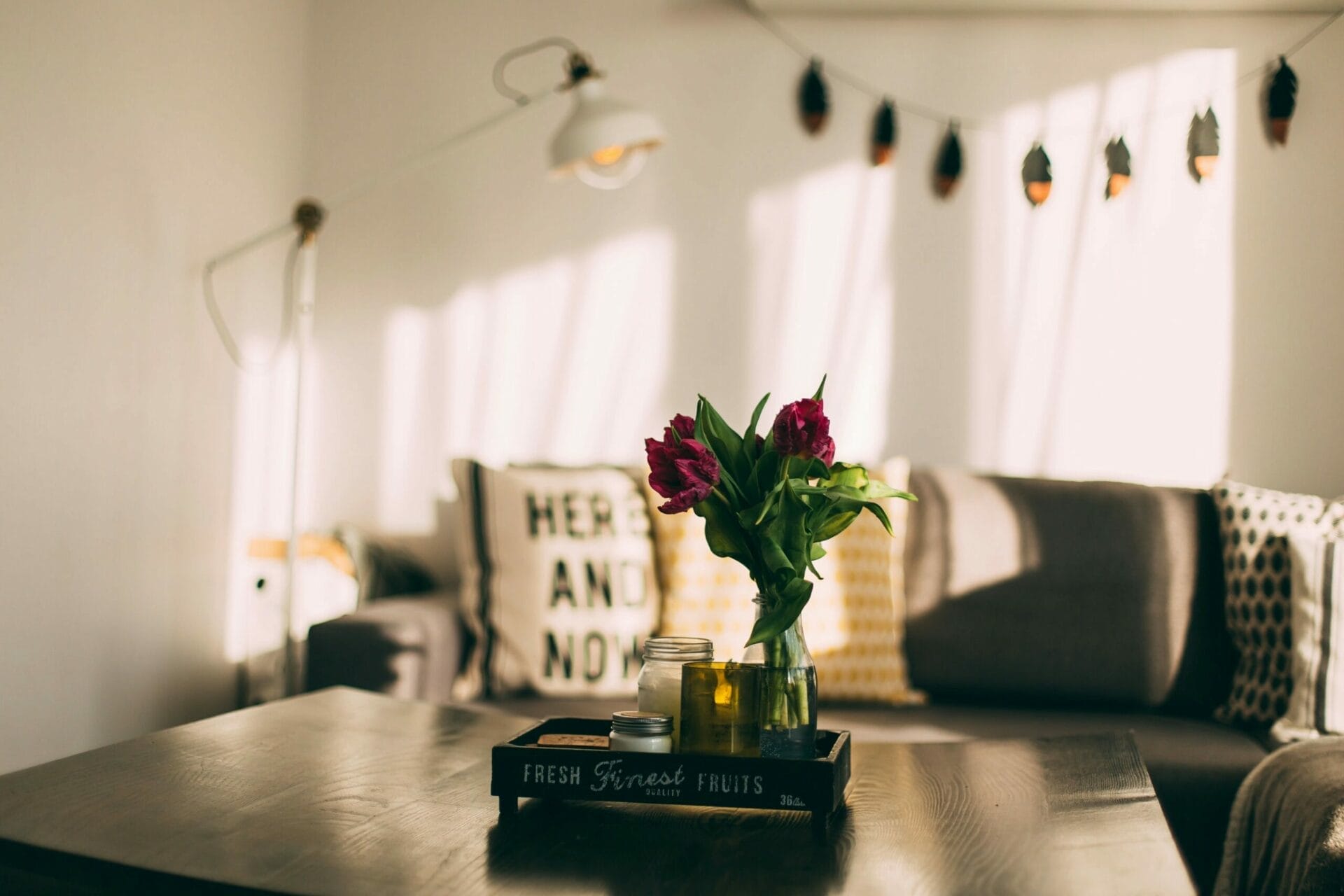
daiga ellaby s313y8DpjSo unsplash scaled
6. Blending Tradition with Contemporary Approaches
In the realm of modern interior design, there exists a delicate balance between honoring tradition and embracing contemporary innovations. Blending traditional elements with modern approaches allows for the creation of living spaces that are both timeless and relevant to today’s lifestyles.
Finding Balance in Design
Blending tradition with contemporary approaches requires a thoughtful and nuanced approach to design. Rather than simply replicating historical styles or adhering strictly to modern trends, it involves integrating elements from both worlds to create harmonious and cohesive interiors.
Embracing Timeless Elegance
Traditional design elements such as ornate woodwork, antique furniture, and rich textiles evoke a sense of timeless elegance that transcends fleeting trends. Incorporating these elements into modern interiors adds depth, character, and sophistication to the space.
Infusing Modern Aesthetics
At the same time, modern design principles such as clean lines, minimalist aesthetics, and innovative materials bring a sense of freshness and vitality to traditional spaces. By infusing modern aesthetics into traditional interiors, you can create a sense of balance and relevance that resonates with contemporary sensibilities.
Examples of Harmonious Design
Examples of harmonious design can be found in spaces that seamlessly blend old and new, such as:
- A historic home renovated with modern finishes and amenities while preserving its architectural integrity.
- An eclectic mix of antique furniture and contemporary artwork in a stylish urban loft.
- A traditional kitchen updated with sleek appliances and minimalist cabinetry for a modern twist.
Audience Engagement: Creating Your Unique Space
As you navigate the realm of blending tradition with contemporary approaches, consider your own preferences, lifestyle, and cultural background. Embrace the opportunity to create a unique space that reflects your individuality and tells your story through design.
Table: Harmonious Design Examples
| Example | Description |
|---|---|
| Historic Home Renovation | Updating a historic home with modern finishes while preserving its architectural integrity. |
| Eclectic Urban Loft | Mixing antique furniture with contemporary artwork in a stylish urban loft setting. |
| Modernized Traditional Kitchen | Updating a traditional kitchen with sleek appliances and minimalist cabinetry for a modern twist. |
Blending tradition with contemporary approaches in interior design offers a rich tapestry of possibilities for creating living spaces that are both timeless and relevant to today’s lifestyles. By finding a balance between old and new, you can infuse your home with character, sophistication, and personal flair. So, embrace the opportunity to craft a unique space that reflects your individuality and celebrates the best of both worlds.
7. Achieving Elegance: Concepts and Execution
In the world of modern interior design, elegance is a timeless aspiration that transcends trends and styles. Achieving elegance in interior spaces requires a combination of sophistication, refinement, and attention to detail. Let’s explore the concepts and execution of creating elegant living environments.
Characteristics of Elegant Design
Elegant design is characterized by several key attributes that contribute to its allure:
- Understated Sophistication: Rather than relying on ostentatious displays, elegant interiors exude a sense of sophistication through subtle details and restrained opulence.
- Refined Materials: Quality materials such as marble, hardwood, and silk are often used in elegant design to add richness and texture to the space.
- Attention to Detail: Every aspect of an elegant interior is meticulously curated, from the selection of furniture and fixtures to the arrangement of accessories and artwork.
Conceptualizing Elegance
To achieve elegance in interior design, it’s essential to have a clear understanding of the underlying concepts:
- Balance: Achieving a harmonious balance between elements such as color, texture, and scale is key to creating an elegant space.
- Proportion: Ensuring that furniture and décor are proportionate to the size and scale of the room helps maintain a sense of balance and cohesion.
- Symmetry: Incorporating symmetrical arrangements and focal points adds a sense of order and visual appeal to the space.
Utilizing Quality Materials
The use of high-quality materials is paramount in achieving elegance in interior design. Consider incorporating the following materials into your design scheme:
- Marble: Known for its timeless beauty and luxurious appeal, marble adds a touch of elegance to floors, countertops, and accents.
- Hardwood: Rich, warm, and durable, hardwood flooring and furniture are classic choices for elegant interiors.
- Silk: Soft, lustrous, and sumptuous, silk draperies and upholstery add a sense of luxury and sophistication to any space.
Audience Engagement: Cultivating Your Elegant Oasis
As you embark on your journey to achieve elegance in interior design, consider your personal style, preferences, and lifestyle. Embrace the opportunity to cultivate your elegant oasis – a sanctuary of beauty, tranquility, and refinement that reflects your individuality and aspirations.
Table: Elegant Design Materials
| Material | Description |
|---|---|
| Marble | Timeless beauty and luxurious appeal, ideal for floors, countertops, and accents. |
| Hardwood | Rich, warm, and durable, classic choice for flooring and furniture in elegant interiors. |
| Silk | Soft, lustrous, and sumptuous, adds luxury and sophistication to draperies and upholstery. |
Achieving elegance in interior design is a pursuit of timeless beauty, sophistication, and refinement. By embracing the concepts of balance, proportion, and attention to detail, and utilizing high-quality materials, you can create a living space that exudes elegance and charm. So, embrace the journey, trust your instincts, and create an oasis of elegance that inspires and delights.
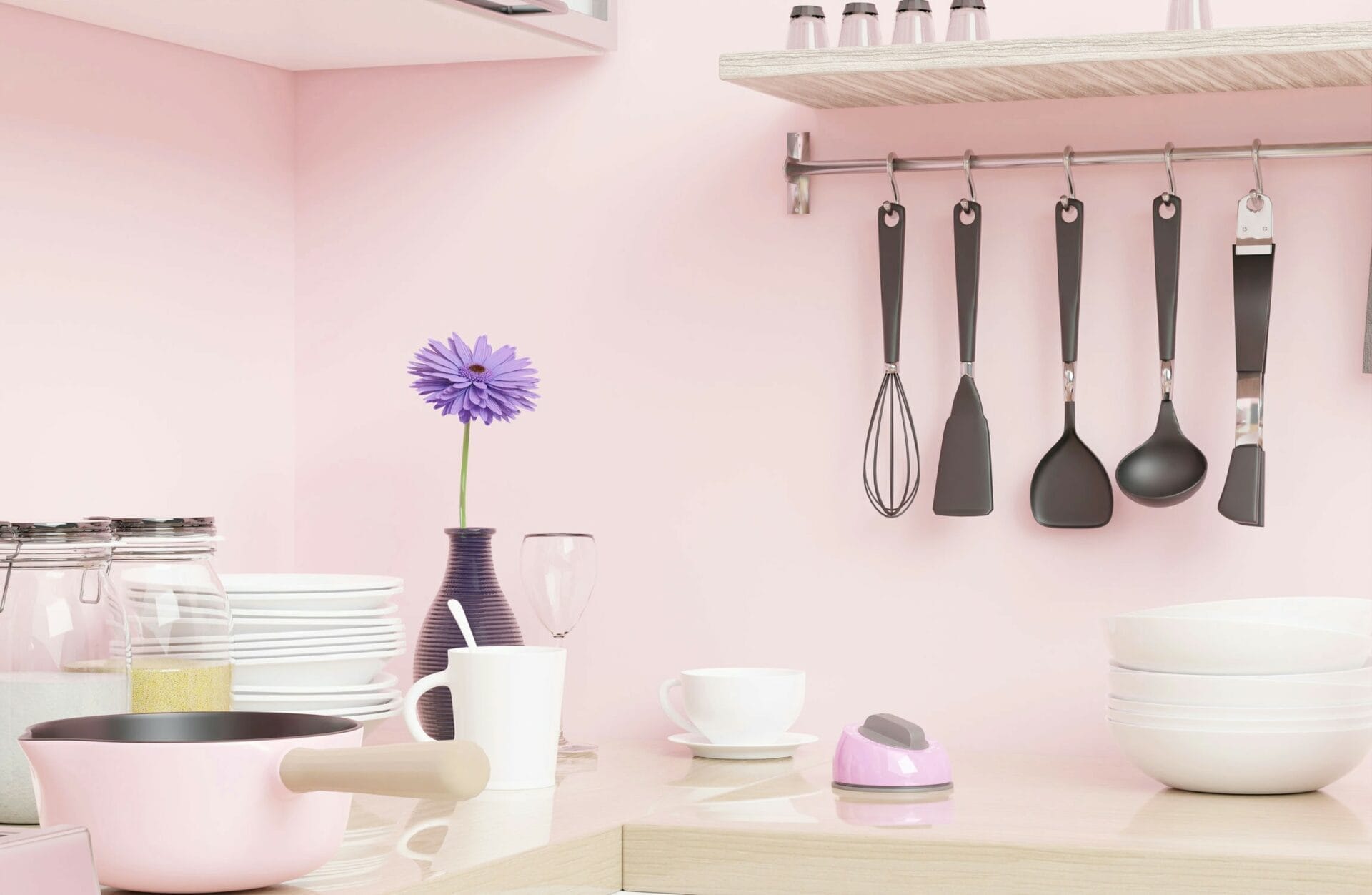
dada design zYMyL QSSE8 unsplash
8. Elevating Interior Design with High-Quality Materials
In the realm of modern interior design, the selection of high-quality materials plays a crucial role in elevating the aesthetic appeal, functionality, and durability of a space. From luxurious finishes to durable surfaces, choosing the right materials can enhance the overall quality and longevity of your interior design. Let’s delve into the importance of high-quality materials and explore some popular options.
Importance of High-Quality Materials
High-quality materials are the foundation of a well-designed interior, offering a range of benefits including:
- Durability: Quality materials are built to last, withstanding daily wear and tear and maintaining their appearance over time.
- Aesthetic Appeal: Luxurious finishes and textures add depth, richness, and visual interest to interior spaces, elevating their overall aesthetic appeal.
- Functionality: From moisture-resistant surfaces to heat-resistant coatings, high-quality materials offer functional benefits that enhance the usability and practicality of a space.
Popular High-Quality Materials
Several materials are favored in modern interior design for their superior quality and versatility:
- Marble: Renowned for its timeless elegance and durability, marble is a popular choice for countertops, flooring, and accents.
- Granite: With its natural beauty and strength, granite is prized for its resistance to scratches, stains, and heat, making it ideal for kitchen countertops and backsplashes.
- Hardwood: Hardwood flooring adds warmth, character, and sophistication to interior spaces, with options such as oak, maple, and walnut offering durability and timeless appeal.
Incorporating High-Quality Materials
When incorporating high-quality materials into your interior design scheme, consider the following factors:
- Budget: While high-quality materials may come with a higher price tag, they offer long-term value and durability that can justify the investment.
- Compatibility: Choose materials that complement the overall style and aesthetic of your space, ensuring a cohesive and harmonious design.
- Maintenance: Consider the maintenance requirements of different materials and opt for ones that are easy to clean and maintain for hassle-free upkeep.
Audience Engagement: Crafting Your Luxurious Haven
As you explore the world of high-quality materials in interior design, consider how you can craft your luxurious haven – a sanctuary of elegance, comfort, and style that reflects your unique taste and personality. By prioritizing quality, durability, and aesthetic appeal in your material selections, you can create a living space that exudes sophistication and charm.
Table: Popular High-Quality Materials
| Material | Description |
|---|---|
| Marble | Timeless elegance and durability, ideal for countertops, flooring, and accents. |
| Granite | Natural beauty and strength, resistant to scratches, stains, and heat, perfect for kitchen surfaces. |
| Hardwood | Adds warmth, character, and sophistication to interior spaces, with options for durability and style. |
Elevating interior design with high-quality materials is a testament to your commitment to craftsmanship, beauty, and functionality. By selecting materials that offer durability, aesthetic appeal, and practicality, you can create a living space that embodies luxury and refinement. So, embrace the possibilities, explore the options, and elevate your interior design with the timeless beauty of high-quality materials.


